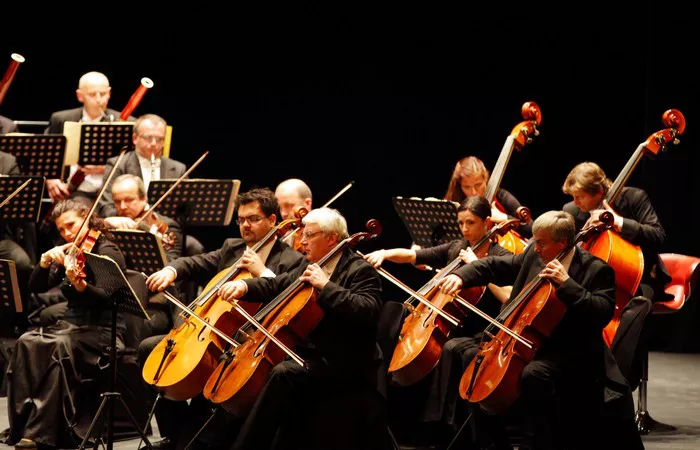Johann Sebastian Bach, the prolific German composer of the Baroque period, left an indelible mark on the world of classical music with his mastery of composition and profound understanding of musical theory. Among his extensive repertoire lies a gem often overshadowed by his more famous works – the Prelude in C Minor, BWV 999. Despite its brevity, this piece encapsulates the essence of Bach’s genius, showcasing his intricate contrapuntal techniques and profound emotional depth. In this article, we delve into the nuances of this captivating composition, unraveling its complexities and highlighting its significance in Bach’s oeuvre.
Historical Context
Composed during the Baroque era, the Prelude in C Minor, BWV 999, likely dates back to Bach’s early years as a musician, although the exact date of composition remains uncertain. The Baroque period, spanning roughly from the late 16th to the early 18th century, was characterized by its ornate ornamentation, rich harmonies, and elaborate musical structures. Bach, a central figure of this era, contributed significantly to the development of Baroque music through his innovative compositions and meticulous craftsmanship.
Structure and Form
The Prelude in C Minor, BWV 999, adheres to the conventional structure of a prelude, serving as an introductory piece often played before a larger work or as a standalone composition. Written in binary form, it consists of two distinct sections – an exposition followed by a brief development and recapitulation. Despite its concise nature, the prelude exhibits remarkable depth and complexity, exemplifying Bach’s ability to convey profound musical ideas within a compact framework.
Musical Analysis
One of the most striking features of BWV 999 is its contrapuntal texture, characterized by the interplay of multiple melodic lines. Bach employs imitative counterpoint throughout the piece, with motifs introduced in one voice echoed and developed in others. This contrapuntal technique not only demonstrates Bach’s mastery of polyphonic composition but also adds layers of richness and depth to the music.
The prelude unfolds with a solemn and introspective melody in the bass voice, establishing the melancholic mood of the piece. This thematic material undergoes various transformations as it progresses, intertwining with secondary motifs introduced in the upper voices. Bach employs sequences, inversion, and augmentation to develop these motifs, creating a sense of continuity and coherence within the composition.
Harmonically, BWV 999 explores the chromatic possibilities of the C minor key, incorporating unexpected chord progressions and modulations to evoke emotional tension and release. Bach’s use of dissonance adds poignancy to the music, heightening its expressive power and eliciting a profound emotional response from the listener.
Performance Considerations
Interpreting and performing BWV 999 require a nuanced understanding of Baroque performance practices and stylistic conventions. Attention to articulation, phrasing, and ornamentation is essential to convey the expressive subtleties inherent in the music. Performers must strive for clarity and precision in their execution while maintaining a sense of spontaneity and improvisation characteristic of Baroque performance.
Furthermore, performers have the opportunity to imbue the prelude with their own interpretative insights, shaping the music according to their unique artistic vision. Whether played on a harpsichord, piano, or another keyboard instrument, BWV 999 offers ample room for creative expression and personal interpretation, ensuring its enduring relevance in the contemporary musical landscape.
Legacy and Influence
Despite its relative obscurity compared to Bach’s more famous compositions, the Prelude in C Minor, BWV 999, has exerted a significant influence on subsequent generations of composers and musicians. Its ingenious contrapuntal writing and emotional depth have inspired countless performers and scholars, enriching our understanding of Bach’s musical genius.
Moreover, BWV 999 serves as a testament to Bach’s enduring legacy as one of the greatest composers in the history of Western classical music. Its timeless beauty and profound complexity continue to captivate audiences and performers alike, reaffirming Bach’s status as a visionary artist whose music transcends the boundaries of time and genre.
Conclusion
In conclusion, Johann Sebastian Bach’s Prelude in C Minor, BWV 999, stands as a testament to the composer’s unparalleled mastery of composition and his profound understanding of musical expression. Despite its brevity, this captivating work exemplifies Bach’s ability to convey profound emotion and intellectual depth through the language of music. By exploring its intricate contrapuntal textures, expressive harmonies, and timeless beauty, we gain insight into the enduring legacy of one of the greatest composers in the history of Western classical music.

